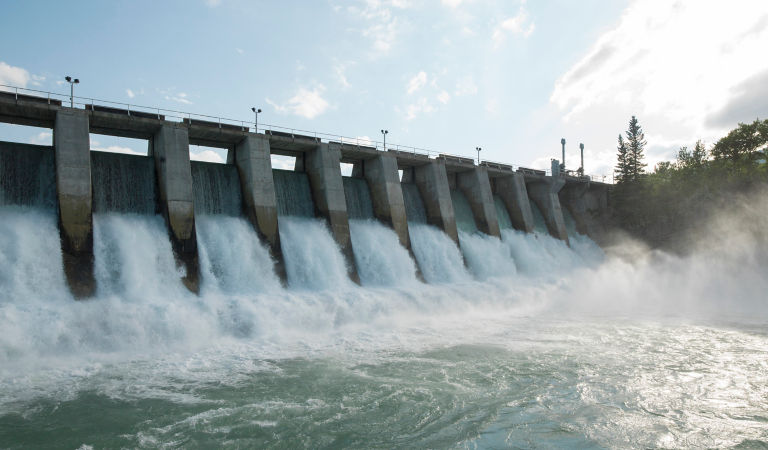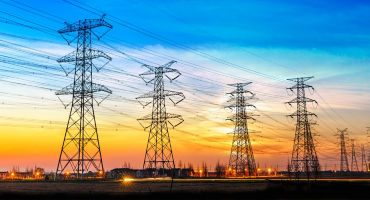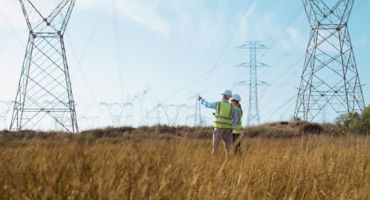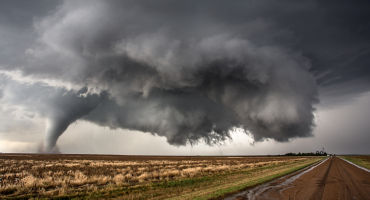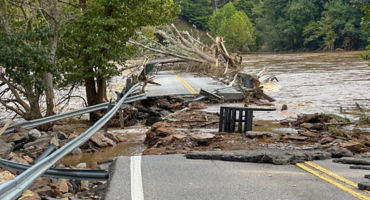As momentum behind decarbonization and net-zero objectives builds around the world, asset owners are increasingly engaged in addressing the investment implications of climate change. The focus thus far has largely been on implementation at the security- and manager-selection levels, but there is a growing recognition of the need to factor climate change into broader investment policy and asset allocation decisions.
Here, in collaboration with the Woodwell Climate Research Center, we’ve provided relevant climate research and investment insights designed to help Canadian investors navigate the potential impacts of climate change.
Canadian climate change: Here and happening
There has been a pronounced shift toward more extreme weather in Canada over the past decade or so. Consider Alberta, where 6 of Canada's 10 costliest natural disasters have occurred. Two of the worst storms in Alberta’s recorded history have taken place since 2013, both linked to climate change and centered on Calgary: flash flooding on June 19, 2013 and a hailstorm on June 13, 2020 that caused CAD$1.25 billion of property damage—the fourth costliest natural disaster in Canada since records began. And consider the recent record flooding in Vancouver that took out the main highway.
Looking at Canada as a whole, climate change has caused the country to warm at nearly twice the global average rate. (Parts of western and northern Arctic Canada have warmed at 4x that rate.) This warming has led to more frost-free days and longer growing seasons in Canada, trends that are expected to persist. However, it also implies that the length and severity of the wildfire season have increased and will continue to do so. Drought and heat waves will likely also follow recent patterns seen in Canada by becoming longer and more severe over time.
Canada will also continue to feel ongoing climate change impacts from the US, where the recent severe wildfire seasons in California pushed smoke (and resulting toxic air quality) into British Columbia and Alberta.
Physical climate risks in Canada: A deeper dive
In collaboration with our partners at Woodwell Climate Research Center, we studied multiple aspects of physical climate risk in Canada out to mid-century. We examine several climate (and climate-related) perils: agricultural yield, heat extremes, permafrost loss, extreme precipitation (Figure 1), flooding, sea level rise, biodiversity loss, drought, and wildfire. We also examine the potential of renewables. Our focus out to mid-century requires the use of global climate models (or Earth system models). Here we use a fossil fuel intensive scenario that simulates historical (2005 – 2020) total carbon dioxide emissions within 1%. This trajectory is also the best match out to mid-century as compared to the World Energy Outlook forward-looking scenarios of climate policies currently in place.


